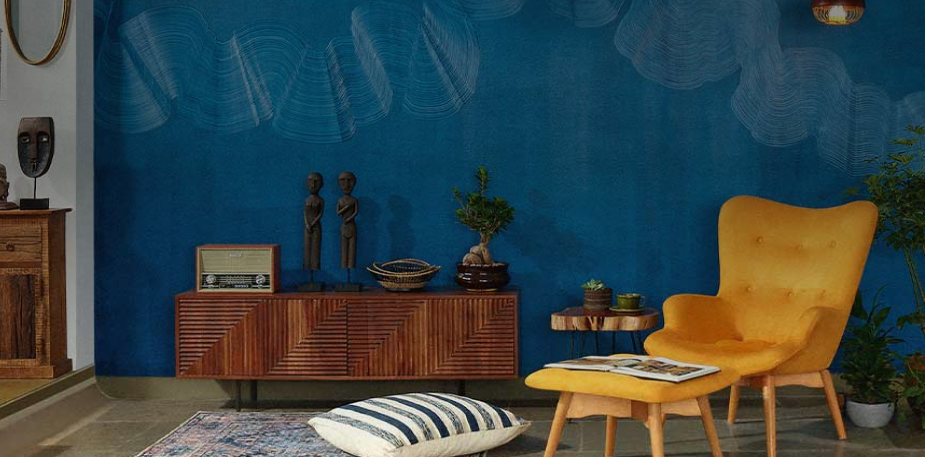Meanwhile, a floating sofa – particularly one with a high backrest–forms a sort of “hallway” between it and the wall, or whatever may stand behind it. With methods such as this, using smart furniture layouts and the proper placement of larger pieces, you can ease traffic flow in any room.
3. Divide the Space: Creating Designer Living Rooms
Along with delineating the traffic flow within a space, floating furniture can help you to create better definition in how the space functions by dividing and splitting different areas for different purposes. A common feature of designer living rooms is an open floor plan that has no segregation between the kitchen, dining area and entryway, as this makes your home feel more uncluttered and spacious. But if you want to make a few cosier spaces that allow you to retreat and not be accessible to the entire room at all times, then using floated furniture is one of the easier solutions that also gives you the option to make changes at any time.
While creating floating divisions within the room, try to use pieces that will not make the space seem smaller or darker – you don’t want to create a visual blockade, just make the space feel more cohesive and less disjointed. When floated, open shelving creates a peek-a-boo effect that provides a sense of privacy without blocking light and air-flow. Such a division can make a smaller space feel more put together, classy and appealing, since it doesn’t make your entire living room layout accessible all at once, but instead, allows visitors to gradually integrate into each space. By using open dividers or pieces that aren’t too tall, you can partition off specific zones within a room without losing the expansive charm an open floor plan offers.



















































